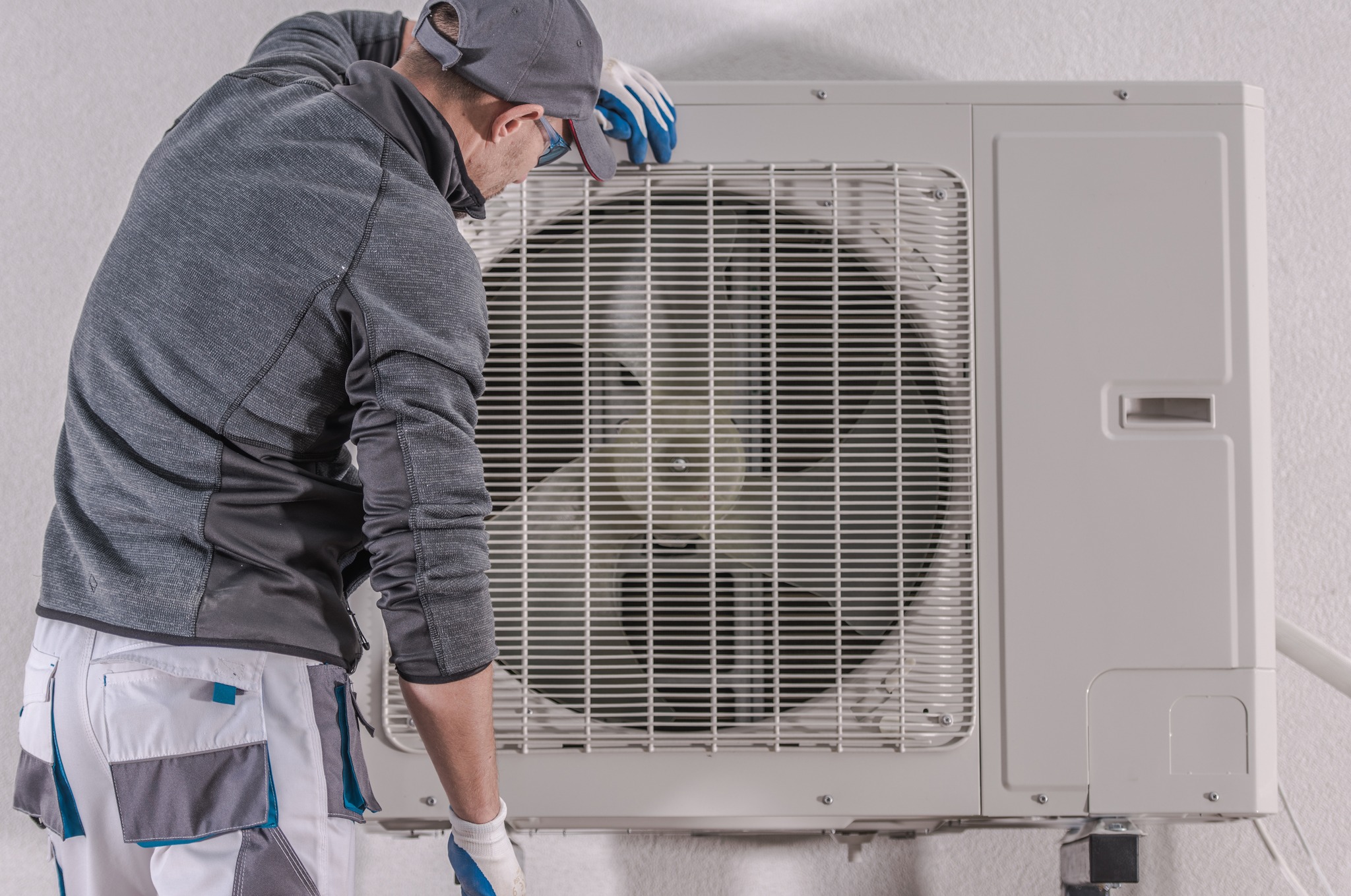The growing need for efficient, reliable, and environmentally friendly heating solutions has seen a surge in the popularity of ductless heat pumps in the Greater Toronto Area (GTA). Amidst Toronto's variable and often harsh climatic conditions, this state-of-the-art technology promises comfortable living spaces while significantly reducing energy consumption. This blog post will explore the numerous benefits of residential ductless heat pumps and why they are becoming a go-to choice for many homeowners in the GTA.
What are Ductless Heat Pumps?
Before diving into the benefits, let's first understand what a ductless heat pump is. Also known as mini-split systems, ductless heat pumps provide both heating and cooling without the need for a traditional ductwork system. They consist of two main components - an outdoor compressor unit and one or more indoor air handling units. These are connected via a conduit that houses the power cable, refrigerant tubing, suction tubing, and condensate drain.
Ductless heat pumps leverage the principle of heat transfer. Instead of generating heat, they extract heat from the outside air and move it indoors during the winter, and they do the reverse in the summer, thus providing year-round comfort.
Why are Ductless Heat Pumps Gaining Popularity in the GTA?
Energy Efficiency
With Toronto's climate often fluctuating between extremes, energy efficiency is a key concern for most homeowners. Ductless heat pumps offer an incredible solution to this problem. Due to their mechanism of transferring heat rather than generating it, they operate on significantly less energy compared to traditional heating and cooling systems, leading to substantial savings on energy bills.
Flexibility and Comfort
Unlike traditional HVAC systems that push air through ducts, ductless systems deliver air directly into different zones or rooms. This provides a greater level of control over the temperature in individual areas, making it possible to customize heating and cooling to fit the unique needs of different household members.
Easy Installation.
Ductless heat pump systems are easier and quicker to install than traditional systems. They do not require extensive ductwork, which often involves intrusive construction work. Only a small hole is needed to connect the outdoor and indoor units, resulting in minimal disruption to your home's structure and aesthetics.
Improved Air Quality.
With no ducts to harbor dust, allergens, or other pollutants, ductless heat pumps offer improved indoor air quality. Most systems come with effective multi-stage filtration capabilities that drastically reduce airborne particles, providing a healthier and cleaner indoor environment.
The adoption of ductless heat pumps in Toronto's residential spaces is more than just a passing trend; it's a sensible choice for those seeking cost-efficient, versatile, and environmentally-friendly heating solutions. Whether you live in a vintage home in Old Toronto or a contemporary condo in Downtown, a ductless heat pump can revolutionize how you heat and cool your living spaces. If you're considering a home HVAC upgrade, it may be time to join the increasing number of GTA residents benefiting from this remarkable technology.



